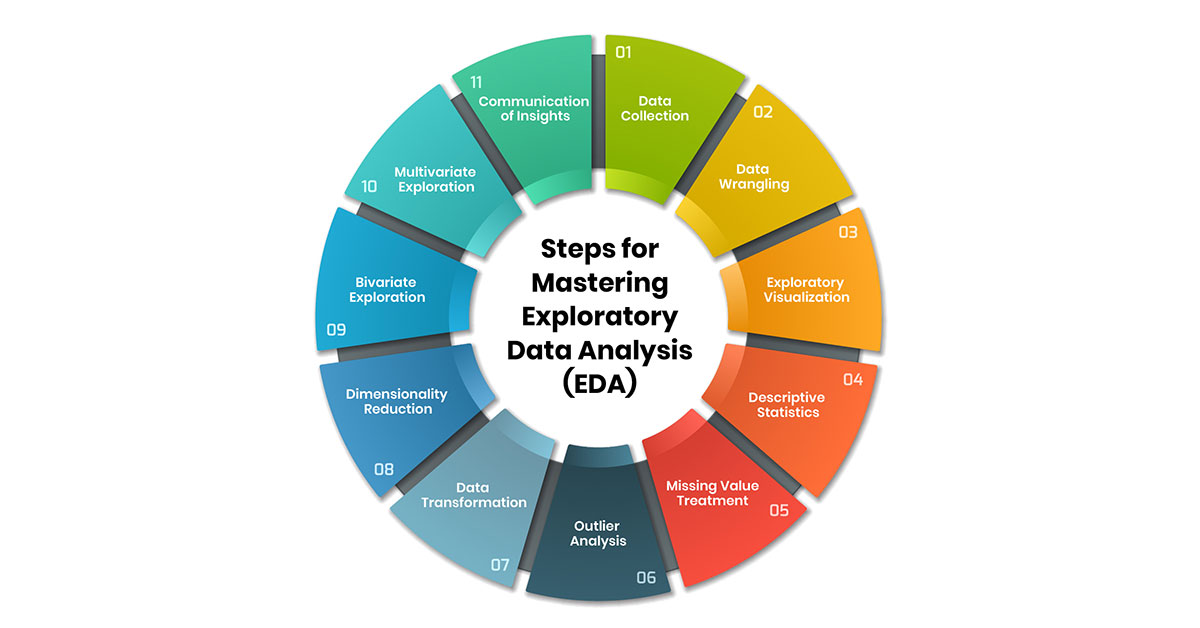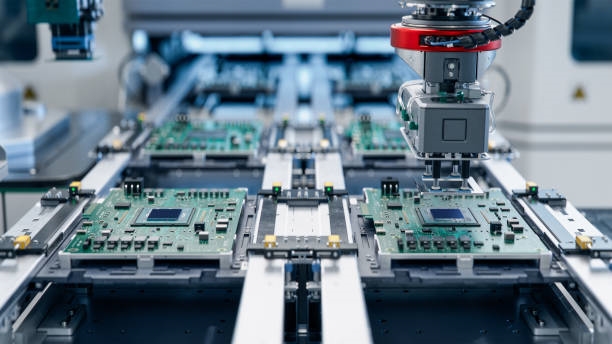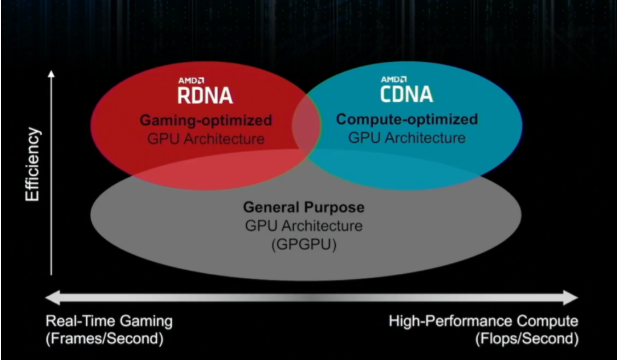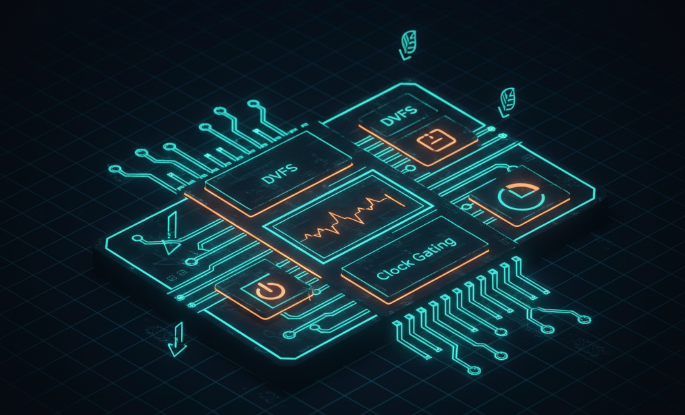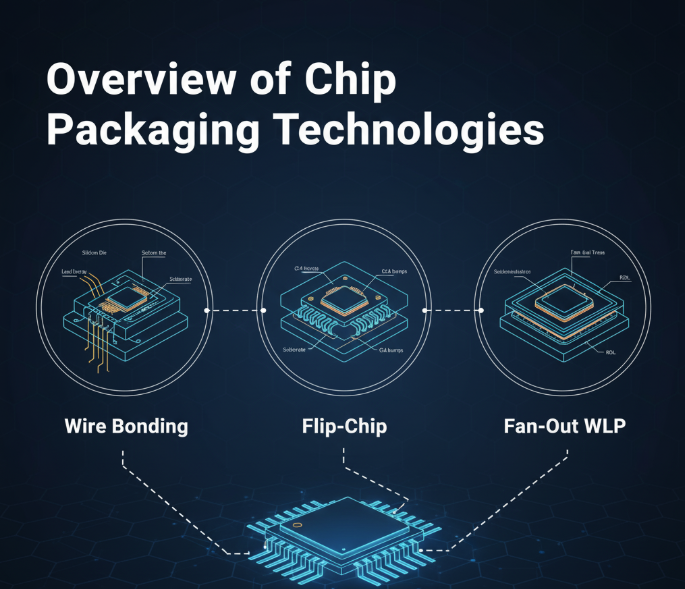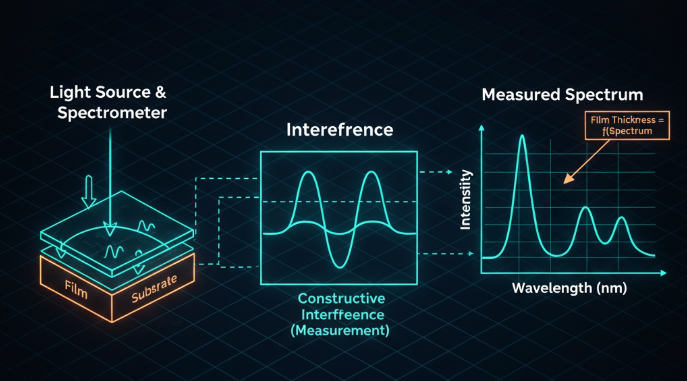Overview
Electronic Design Automation (EDA) software is a set of tools for automating electronic design, primarily used for circuit design, simulation, and debugging.
Common EDA Input Methods
Common input methods used in EDA include:
- Manual entry: Using keyboard or mouse to enter design information manually, including schematics, PCB layout, and component data.
- Import: Importing files, data, images, or models into the EDA tool. For example, importing component models, simulation models, or external simulation modules from vendor websites or local file systems.
- Automation: Generating schematics, PCB layouts, and other design data automatically via scripts or built-in rules. For example, Altium Designer's scripting tools can automatically generate schematics from scripts to improve design efficiency.
- Online integration: Connecting the EDA tool to online libraries, simulation, testing, and manufacturing resources. Tools such as PADS Maker and Eagle provide online libraries that allow direct access to vendor component information.
The choice of input method depends on the project requirements and workflow. Manual entry and import typically require designer involvement and manual or semi-automatic data handling. Automated input can be configured before design starts to produce design data automatically. Online integration is useful for interacting with external libraries, models, or supply-chain resources, improving design speed and accuracy.
Three Development Stages of EDA
EDA has evolved over decades and can be described in three stages:
- Component calculation: Beginning in the 1950s, early EDA focused on standalone calculation programs for component values such as capacitance, inductance, and resistance.
- Circuit design automation: In the 1960s and 1970s, tools for circuit design automation emerged, including simulators like SPICE, schematic capture tools, and routing automation, enabling faster and more accurate circuit design.
- System-level design: From the 1980s onward, EDA moved toward system-level design, introducing methods and tools for multiprocessor design, embedded systems, network communication, and digital signal processing. EDA tools began to support larger, more complex designs and system-level simulation, and system-level hardware description languages and electronic system-level (ESL) methodologies were developed.
These stages reflect advances in functionality, efficiency, and system integration. EDA tools have been applied beyond electronics to domains such as automotive, communications, aerospace, and medical devices.
What EDA Technology Aims to Achieve
The primary goals of EDA technology are to help engineers design and simulate circuits faster and more accurately, reducing development time and improving quality and reliability. Specific objectives include:
- Circuit design automation: Automating repetitive and tedious tasks in circuit design, such as schematic capture, layout, and signal capture, to improve efficiency and reduce errors.
- Circuit simulation and verification: Enabling simulation and verification before physical fabrication to ensure correct, stable, and reliable circuit behavior, thereby reducing prototype and test costs and time.
- Unified tools and platforms: Providing an integrated platform for design, simulation, and verification so engineers can complete the entire design flow within a single toolset, improving efficiency and collaboration.
- Multi-domain integration: Integrating tools beyond circuit design, such as mechanical design, material analysis, and electromagnetic design, to support comprehensive product development.
- Hardware-software co-design: Integrating with software development tools to support hardware-software co-design, improving product development efficiency and quality.
Overall, EDA technology aims to provide toolsets for designing and simulating reliable circuits and systems more quickly, shortening product development cycles, lowering R&D costs, and improving product quality and competitiveness.
 ALLPCB
ALLPCB


